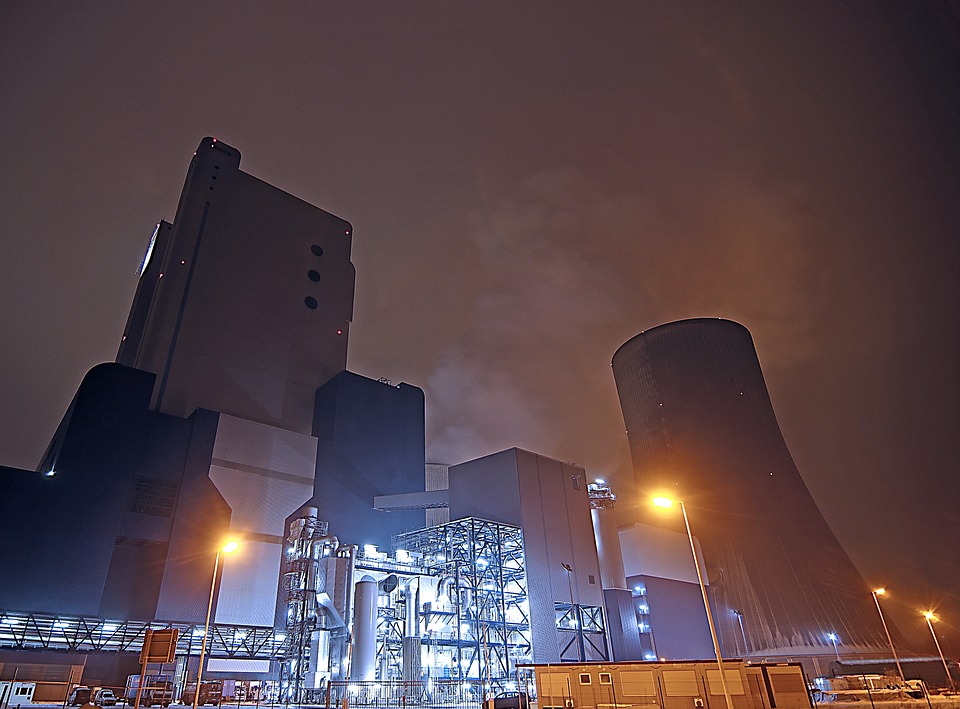Shocking: Groundwater in nearly HALF of U.S. states are contaminated with coal ash
07/09/2019 / By Edsel Cook

Power utilities reported finding dangerous concentrations of coal ash in groundwater sources located near power plants. The toxic pollutant appeared in water sources in at least 22 states.
Confronted with the magnitude of their pollution, the utilities promised to clean up the industrial waste produced by their coal power plants.
Every year, coal power plants generate more than 100 million tons of coal ash and other toxic byproducts. Coal ash contains heavy metals like arsenic, cadmium, mercury, and selenium that may increase the risk of cancer.
Utilities began listing the contaminants they detected in groundwater in 2018. Their data were collected by environmental groups as part of studies on coal ash contamination on state and national levels.
The environmental reports found signs of toxic pollutants in groundwater near coal-fired power plants and coal ash dumping sites in Illinois, Georgia, Texas, and 19 other states.
Although utilities turned over their groundwater monitoring data, most of them didn’t bother to follow up with thorough evaluations of the polluted sites. Likewise, only a few admitted that they violated federal standards and agreed to devise cleanup plans. (Related: Is there arsenic in your water? A new report claims domestic well water could be poisoning 2 million people.)
Toxic coal ash is present in the groundwater of at least 22 states
The U.S. Environment Protection Agency (EPA) ruled that a power utility must inspect ash ponds and landfills for leaks. If it came across signs of leakage, the company must figure out if the concentration levels violated water quality standards.
In case groundwater displayed severe levels of pollution, the utility must restore it to pre-contamination levels. The EPA did not set any deadlines for the cleanup process.
Environmental group Earthjustice reported that at least 70 coal power plants in 22 states displayed concentrations of coal ash high enough to merit a groundwater cleanup plan. Some of the operators of those power plants did not respond to getting cited in the reports.
The utilities that did admit to exceeding the EPA limits made up a quarter of the power plants that needed to switch from wet storage of coal ash in ponds to dry storage in landfills. Company representatives promised to clean up the polluted groundwater.
However, environmentalists warned that some utilities already sought to weasel out of the responsibility of cleaning up coal ash contamination. These companies supposedly claimed that the groundwater pollution they found didn’t come from their coal power plants.
The real fight is getting utilities to clean up polluted water
Supporters of power utilities argued that groundwater quality standards must be determined according to the risk of pollution. They also wanted environmental exposure at individual coal power plants to serve as the basis for compliance with regulations.
Environmentalists countered that the lobbyists wanted to turn an environmental issue into a political issue by foisting the decision on a state agency. They cited a 2016 bill that gave states the power to assume the responsibility for enforcing EPA guidelines on coal burning wastes.
Depending on the decision of the state agency, the power utility may not need to remove coal ash and other pollutants from ash ponds. Instead, the company may only be required to drain the site and place a cover on it.
Draining and capping a dump site is much cheaper than removing the waste and shutting down the pond. It also keeps any future problem contained to the area instead of dumping the problem on the laps of another community.
And the utilities that did get forced into the more expensive option often ask state regulators’ permission to charge their customers for at least part of the costs of cleaning up their pollution.
Sources include
Tagged Under: clean water, coal ash, coal power plants, contaminated water, EPA, groundwater, power grid, power plants, power utilities, toxic chemicals, toxic water, toxins, Water contamination, water health
RECENT NEWS & ARTICLES
COPYRIGHT © 2017 ENVIRON NEWS




















